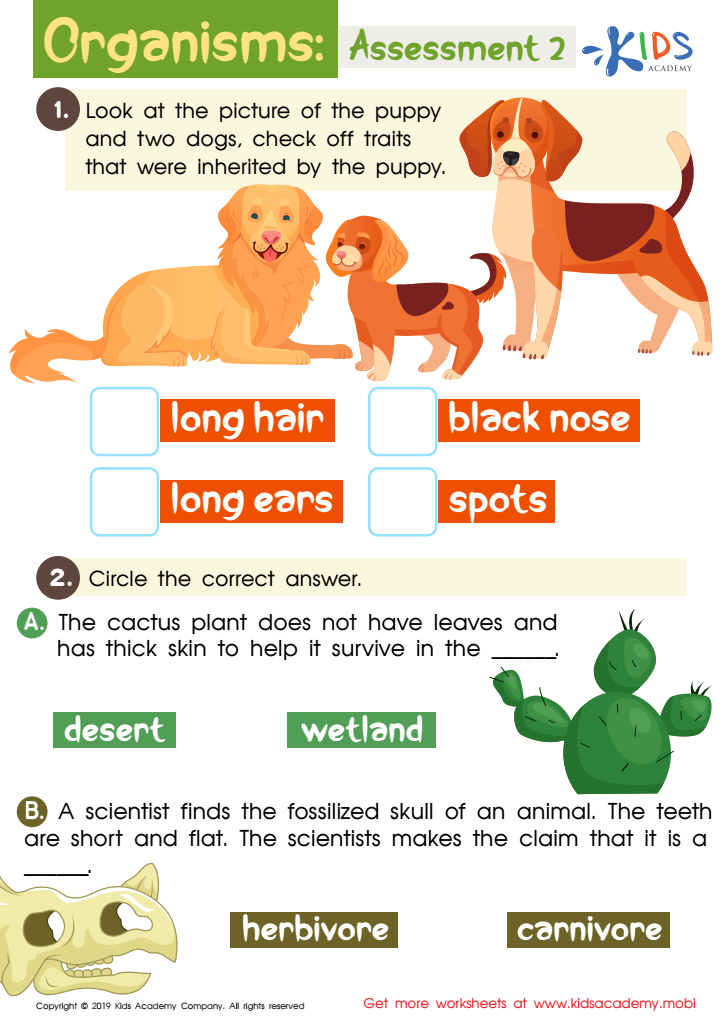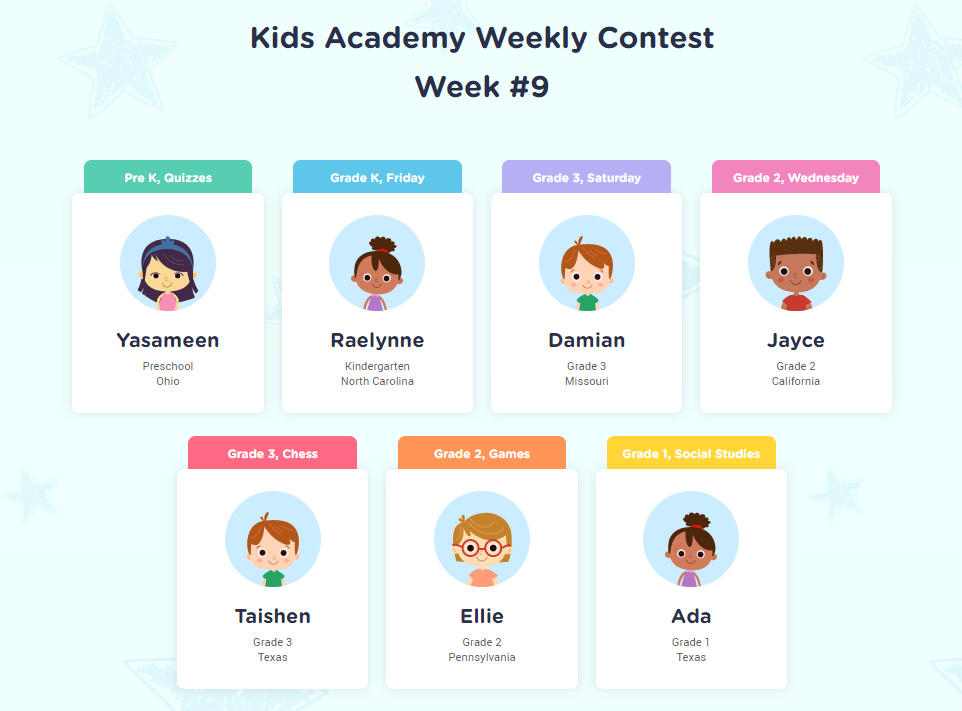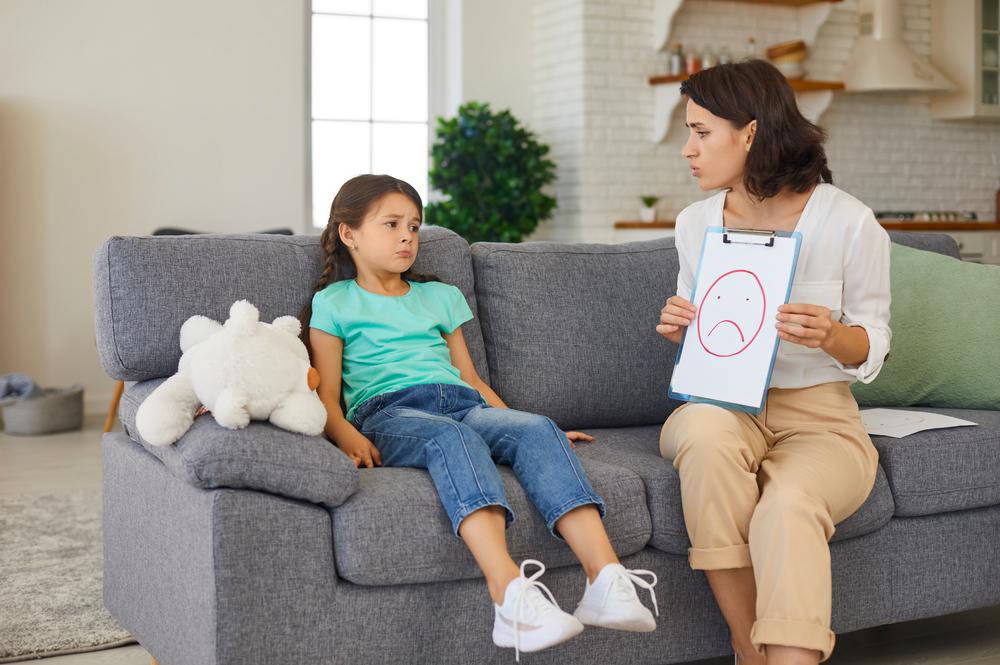Understanding organisms interactions Worksheets for Kids
1 filtered results
-
From - To


Organisms: Assessment 2 Worksheet
Question/Answer
What does the Understanding organisms interactions skill mean when it comes to Grade 3 Our Planet and Environment learning?
The Understanding organisms interactions skill in the context of Grade 3 Our Planet and Environment learning involves teaching students about how different organisms, including plants and animals, depend on each other and their environment for survival. This includes basic concepts of food chains, habitats, and the impact of environmental changes on living organisms.
Why is the Understanding organisms interactions skill important for Grade 3 students?
The Understanding organisms' interactions skill is important for Grade 3 students because it lays the foundation for ecological awareness, teaching them about the interdependence of living things. It helps students grasp how organisms interact within their environments, promoting a sense of responsibility towards nature and nurturing early scientific thinking and curiosity about the natural world.
How to test a Grade 3 student’s Understanding organisms interactions skills?
To test a Grade 3 student's understanding of organisms' interactions, use simple, real-life scenarios or stories involving animals, plants, and their environments. Ask the student to identify and explain the roles and relationships between the organisms in the scenario, such as who is the predator or prey, and how plants and animals depend on each other for survival.
 Assign to the classroom
Assign to the classroom
.jpg)











